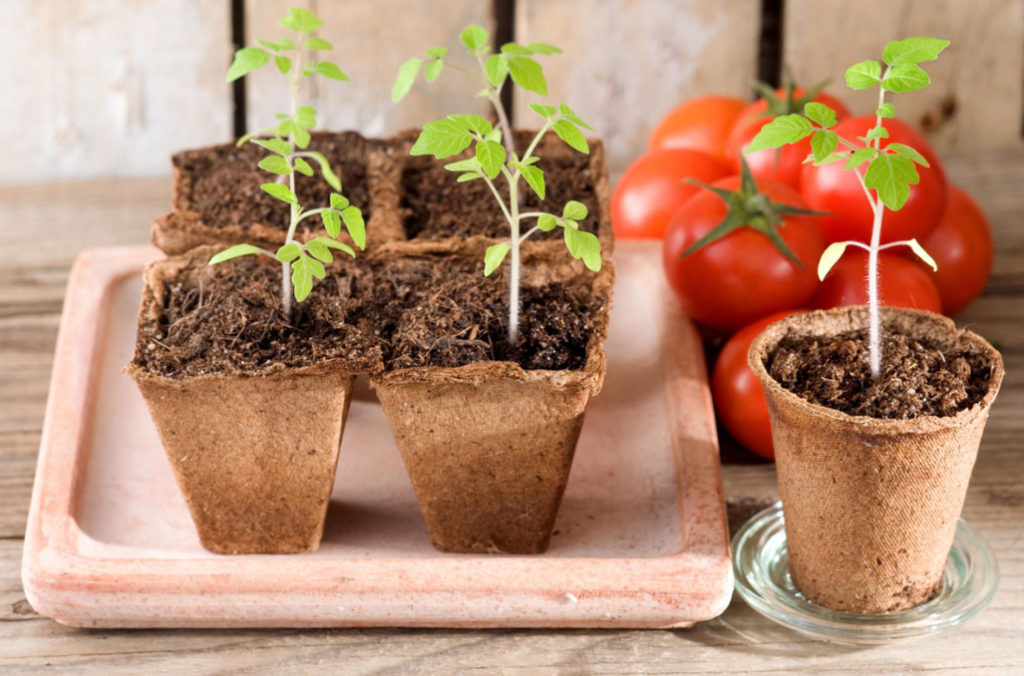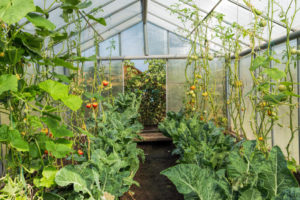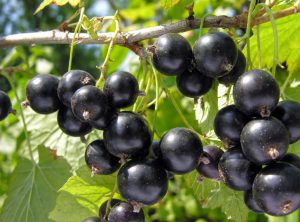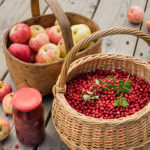The gardener is extremely interested in his crops growing quickly and powerfully: branched, spiky and generally pleasing to the eye active green life.
However, there are many moments in gardening when the active life processes of the plant are undesirable or simply interfere. To fully control the growth and development of green wards cottager can also apply the achievements of chemistry and biosynthesis. In this material we will talk about substances that inhibit or inhibit the natural processes occurring in plants.
How it works
Occurring in the body of the plant (germination, development, fruiting, transition to a state of rest, response to negative external factors), controlled substances that are produced by the plant. They are responsible for the connections between different organs and are called phytohormones.
Among the phytohormones are those that stimulate growth processes-an increase in the number of cells and their size. Due to this, the root system grows, the number of shoots increases, the height of the stems, the area of the leaves, flowers appear, ovaries and fruits ripen.

And there are substances-antagonists, called inhibitors. Their action, on the contrary, inhibits the growth of plant organs, reducing the intensity of physiological processes. The substances that inhibit growth include ethylene and abscisic acid.
Inhibitors by the plant are produced to start the natural defense mechanism or in the normal course of things for timely ripening, wilting and transition to a state of rest. In agriculture, artificial analogues of these substances are used when necessary-to reduce the action of hormones that stimulate growth.
Abscisic acid
Abscisic acid is called a stress hormone. It is under its action in dry weather, when the plant is experiencing a shortage of water, there is a closure of stomata on the leaves, through which the plant “breathes” and evaporates water. This happens in order to conserve moisture. Every gardener knows the result: the leaves lose elasticity, the plant, as they say,” hung his ears”, its development has slowed down, and if time does not provide watering, the harvest will decrease. And if the drought continues for a long time, the plant may die.

In addition to the introduction of economy mode with a lack of water, under the influence of Abscisic acid increases the absorption of moisture by the root system. And abscisic acid increases the resistance of plants not only to drought, but also to root flooding, soil salinity, high and low temperatures.
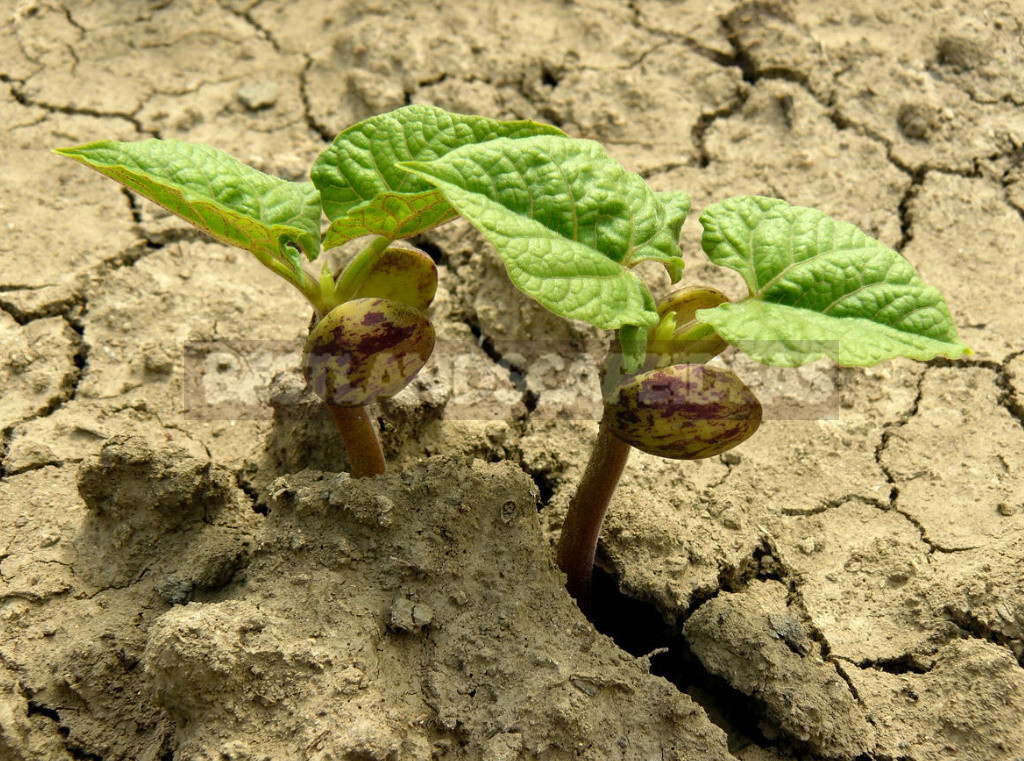
Abscisic acid inhibits growth processes. Another important purpose is to ensure the transition to a resting state of seeds (including those still inside the fruit) and buds of adult perennial plants before the onset of winter or seasonal drought in the southern regions. The high content of Abscisic acid in seeds and buds protects seeds and perennials from germination before the coming frosts.
Its influence is eliminated naturally: with the onset of spring, the amount of abscisic acid gradually decreases. Artificially, you can stop the action of this inhibitor when pre — sowing seed treatment, for example, gibberellin-it will improve germination.
Ethylene
At the beginning of the last century, scientists found that the treatment of plants with ethylene gas slows the growth of the stem in height, and it thickens. In the 30s of the last century, a plant physiologist and independent studies have found that the treatment of fruits with this gas accelerates their maturation, that is, the natural aging of the plant organism. Plants during menopause (a sharp increase in respiration in fruits at the end of maturation) themselves produce ethylene. That is why one ripe tomato, placed next to the green, accelerates their maturation when ripening.
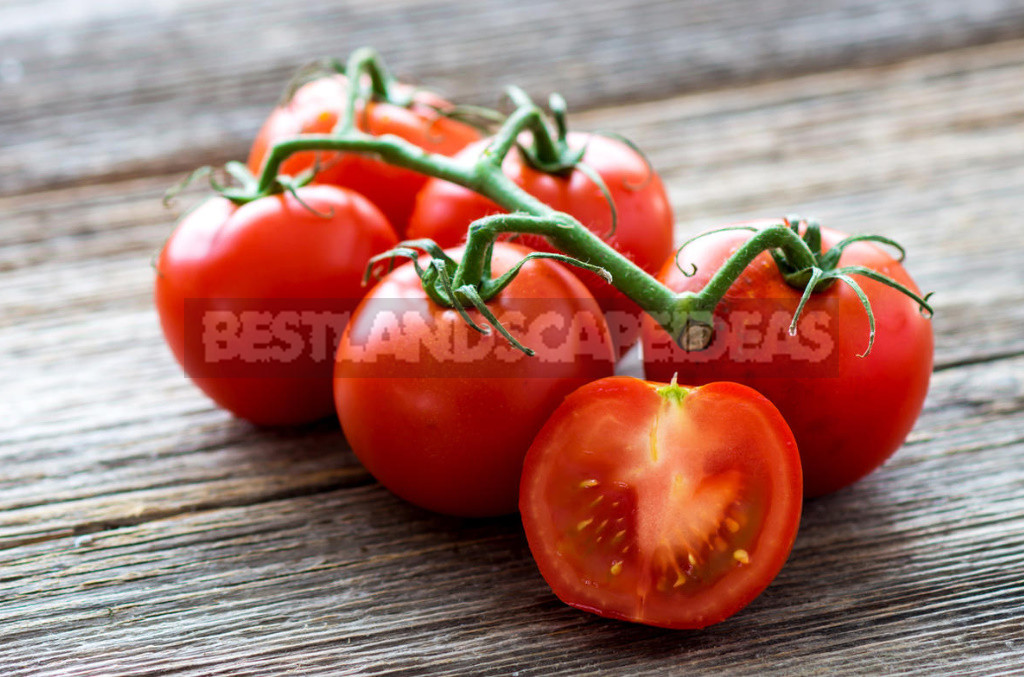
This feature of ethylene is most in demand in agriculture: when processing fruit crops — Apple, cherry, citrus — machine cleaning is facilitated. It is also used for tomatoes: to stimulate the simultaneous ripening of fruits in the brush, for ripening before sale when collecting fruits of milk ripeness and, as a consequence, to reduce losses during transportation.
In addition to fruit crops, cereals are also processed. In this case, a shorter and stronger stem is formed, which reduces the lodging of ears. Ethylene is used as a defoliant (a substance that causes drying and falling of leaves) on cotton plantations — all also to facilitate machine harvesting.

Range of products for summer residents
Of course, the cottager (at least in the middle lane) cotton is not interesting. But the creation of conditions for ripening tomatoes on the Bush for a short summer or the opportunity to “get away from Phytophthora”, having received an earlier harvest, is not only desirable, but in some cases it is simply necessary. Previously, growers used the fumigation — smoke contains ethylene. Today there is no need to arrange a smokescreen in your garden. In the free market there are easy-to-use drugs that accelerate maturation. And at the same time you can buy other means to correct the development of plants.
So the seedlings were chunky
Most summer residents for growing seedlings use window sills in their own city apartments. Everyone knows that there are many problems with this: the lack of light, crowding and excessive heat make the seedlings “stretch” — the size of the internodes increases more than normal. There are even whole methods of subsequent planting of plants on a permanent place “in the prone position” and other ways to deal with the problems of overgrown, weakened seedlings.
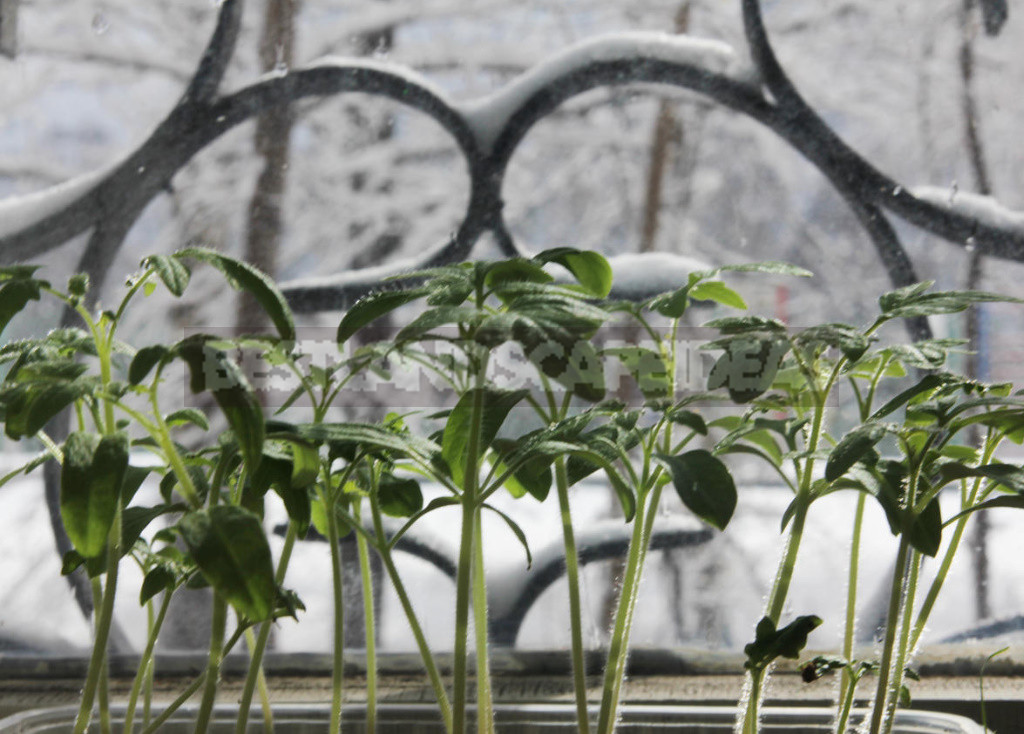
How to help the plants when the summer heat and light for a long time? Process drugs, inhibiting the growth of the stem.
Actively used drugs that inhibit the vegetative growth of plants, lovers of houseplants: when processing retardants easier to “keep within” spreading Bush. Moderator can be sprayed and shrubs – then the hedge will not be so quickly overgrown.
When using growth regulators, the growth of the stem in height slows down — gibberellin synthesis is blocked. At the same time there is a thickening of the stem. And nutrients intended for the growth of shoots are redirected to the development of roots.
Accelerators of maturation
Ethylene, as we know, is a gas, it quickly evaporates. Therefore, in agriculture it is not used in its pure form, and plants are treated with substances that emit it during decomposition — the so-called ethylene producers.
Active substance-2-chloroethyl phosphonic acid. Spraying is carried out when on the bushes about a third of the fruits have already turned red, 2-3 weeks before the expected collection. The recommended processing time is better not to break: if you spray the plants ahead of time, to “stock”, your tomatoes can age too early, and most of the fruits do not have time to pour.
In addition to accelerating the ripening of tomatoes, peppers and eggplant it will bring the start of fruiting, cucumbers will reduce sprouting during storage of potato tubers and heads of onions, increase the decorative and duration of flowering Chrysanthémum × koreanum.

The modern gardener is no longer obliged to wait humbly for favors from Nature. He himself can become like Pygmalion and create a plant with the help of a variety of drugs that has the necessary qualities. Try it!
